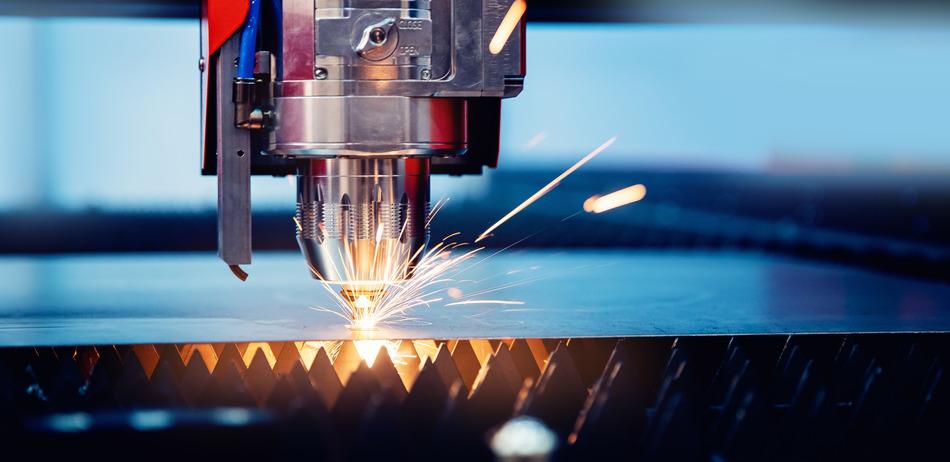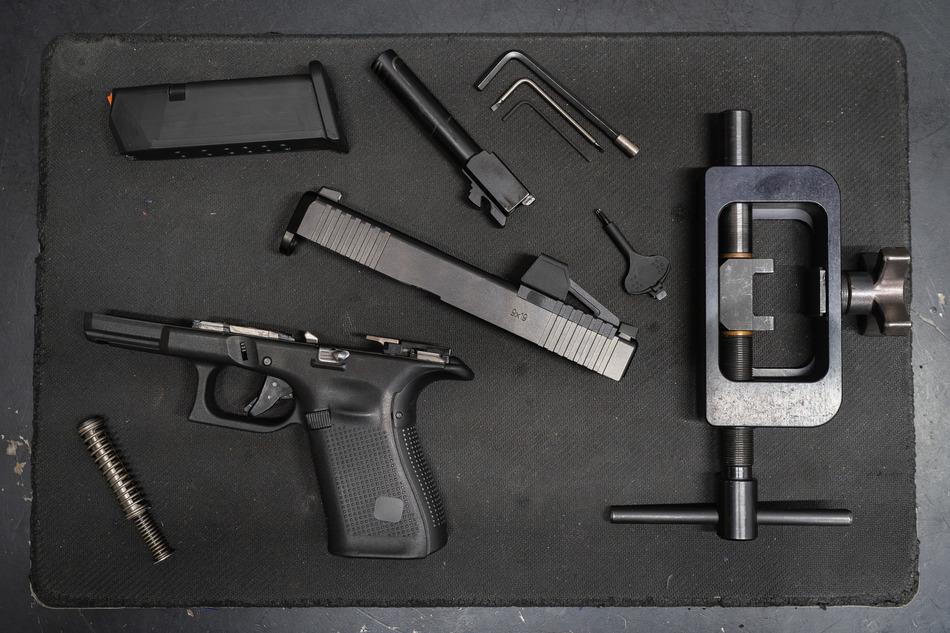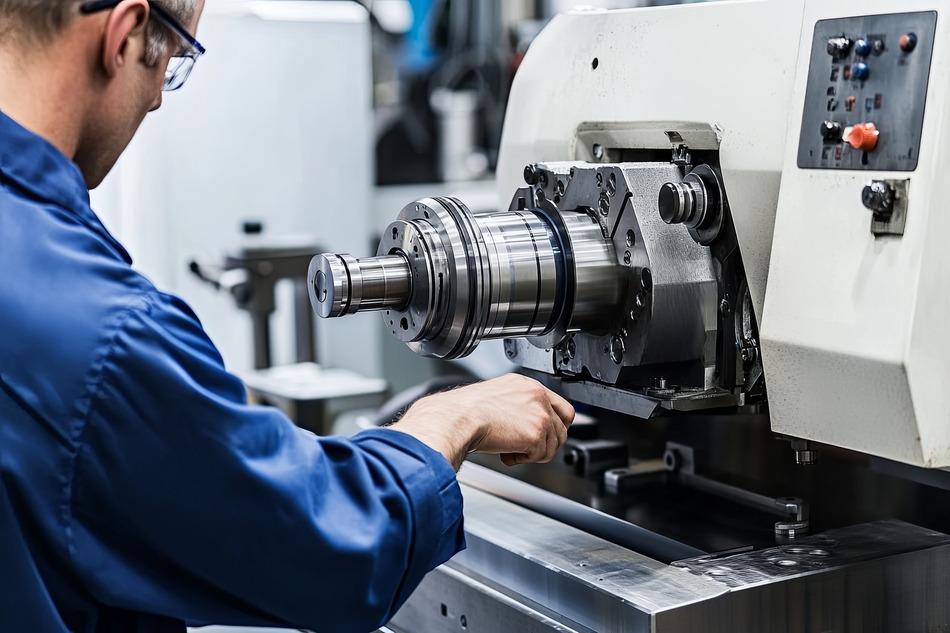Use a Dedicated Spindle vs. Standard Spindle: Pros & Cons
Choosing the right spindle setup for your CNC machines can make a big difference in part quality, cycle times, and long-term maintenance costs. While standard spindles offer broad versatility, dedicated spindles are engineered for high precision and performance in specific manufacturing processes.
Why Does This Matter?
If you’re a production manager, engineer, or repair supervisor optimizing machine operations, it’s essential to understand the pros and cons of each option.
In this article, we’ll walk through how each spindle type performs, where they fit best, and how to choose one based on your workflow—not just the specs.
What Is a Dedicated Spindle?
A dedicated spindle is either custom-built or finely tuned for one type of machining process or material. These spindles operate within a tightly defined range of spindle control variables like torque, speed control, and cooling performance. They’re commonly designed to handle tasks such as:
- High-speed aluminum milling
- Heavy-duty steel turning
- Precision engraving
- Threading and tapping with tight tolerances
Unlike general-purpose spindles, which offer a wide range of flexibility across materials, dedicated spindles are precisely controlled for maximum efficiency and repeatability in specific applications.
Industries that rely on advanced manufacturing—such as aerospace, firearms, medical machining, and mold-making—often use dedicated spindle systems because they prioritize precision and reliability. These spindles perform best in environments where consistency, minimal variation, and maintaining high quality are non-negotiable.
Dedicated spindles are also common in high-volume CNC machining, where cycle times and uptime are critical. When machines perform repetitive tasks day after day, purpose-built spindles reduce tool wear and improve production stability.
Benefits of Using a Dedicated Spindle
1. Boosted Performance and Efficiency
Dedicated spindles are optimized for a single task, which means they run smoother, faster, and with fewer interruptions. This optimization enhances productivity by enabling faster cycle times and better part consistency. With fewer changes in load and direction, they also help reduce tool wear and vibration during spindle operations.
2. Extended Spindle Life
Operating within consistent, manufacturer-defined limits helps extend the life of the spindle motor and bearings. The reduced mechanical shock and predictable thermal loads allow for longer maintenance intervals. Many dedicated systems include built-in water circulation to cool or variable fan systems for real-time thermal management.
3. Tighter Tolerances & Repeatable Results
Dedicated spindle configurations are built for precision and efficiency. For parts with extremely specific requirements—like surgical tools or high-tolerance aerospace components—these spindles maintain dimensional integrity across extended runs. That means fewer rejects, better finishes, and consistent throughput.
4. Improved Thermal Management
Thermal stress is one of the biggest threats to spindle health. Dedicated setups feature enhanced cooling systems that handle the heat generated during demanding machining processes. Whether it’s a water-cooled CNC spindle or an air system, these cooling methods improve overall reliability and spindle longevity.
5. Predictable Maintenance
Because the spindle performs the same operation repeatedly, technicians can identify wear patterns early and prevent surprises. This makes repairs easier, with most issues traceable to known failure points. Predictability also helps reduce downtime and keeps critical machine operations moving.
Drawbacks of Dedicated Spindles
1. Limited Flexibility
Dedicated spindles are excellent at one task—but not much else. If your shop often shifts between materials or part designs, this lack of adaptability can slow you down. Swapping setups or retooling the machine adds unnecessary delays and costs.
2. Higher Upfront Cost
Precision comes with a price. Dedicated systems often require specialized components, mounts, and thermal control systems. Add in calibration, specific tooling, and more complex spindle control software, and the initial cost rises quickly.
3. Risk of Underuse
If a contract ends or production priorities shift, your investment could sit idle. Spindles still need upkeep—even when not in use—which means added cost without added output.
4. Training and Setup Complexity
Running a dedicated spindle efficiently requires operators to understand task-specific parameters and software settings. Improper use or untrained personnel can shorten spindle life or produce subpar parts, adding risk to shops with high turnover or smaller teams.
5. Misuse Can Be Costly
Dedicated spindles are designed to work within defined machining parameters. Using them outside those boundaries—such as applying a spindle optimized for aluminum to machine hardened steel—can lead to overheating, mechanical failure, or part defects.
When to Stick With a Standard Spindle
Standard spindles are generalists. While they may not reach the same peak performance as dedicated options, their ability to adapt makes them invaluable in dynamic production environments.
1. Job Shops and Mixed-Material Runs
Shops that work across different materials—like aluminum, carbon steel, composites, and plastics—benefit from the flexibility of a standard spindle. Without the need to reconfigure machines between jobs, teams can keep production flowing with minimal interruptions.
2. Research, Development, and Prototyping
When engineers need to experiment or quickly prototype new components, a standard spindle allows for adjustments without special hardware. Whether you’re testing new machining centers or tweaking parts in real time, standard setups save time and cost.
3. Small Teams or Budget-Conscious Operations
Standard spindles are easier to source, maintain, and operate. They fit most CNC routers and milling machines and are compatible with common manufacturing technology, making them perfect for small teams who need simplicity and consistency.
4. Balanced Accuracy and Cost
With proper tooling and feed settings, general-purpose spindles can still achieve excellent results. For most CNC machines handling non-regulated parts, a standard spindle delivers the right balance of quality and affordability.
Spindle Maintenance: What to Expect
Dedicated Spindles
- Experience consistent wear due to stable workloads
- May require OEM parts and specialized service
- Often feature liquid cooling or temperature sensors for heat control
- Require planned downtime for cooling system checks and spindle rebuilds
Standard Spindles
- Wear more variably due to changing part types and speeds
- Use more universal parts and are easier to service
- Tend to experience greater heat exposure from irregular cutting cycles
- Benefit from simpler upkeep—ideal for lean teams
Regardless of type, spindle maintenance is essential for long-term performance. Routine lubrication, alignment checks, and chip evacuation are critical in all machining centers to ensure spindles perform at peak levels.
Choose Based on Workflow, Not Just Specs
Whether you go with a dedicated or standard spindle, the goal is the same: deliver precision and reliability in a way that supports your shop’s goals. The right spindle setup can reduce tool wear, improve part quality, and enhance productivity in both high-volume and short-run jobs.
If your manufacturing processes depend on consistency and repeatability, a dedicated spindle is worth the investment. But if your operation covers a wide range of part types and materials—or you prioritize agility—standard spindles give you the adaptability needed for growth.
📞 Ready to find the best spindle for your shop? Contact In-House CNC at (951) 540-4820 for expert repair, rebuild, and consultation services. We’ll help you align your equipment with your process for smarter, more efficient machining.




